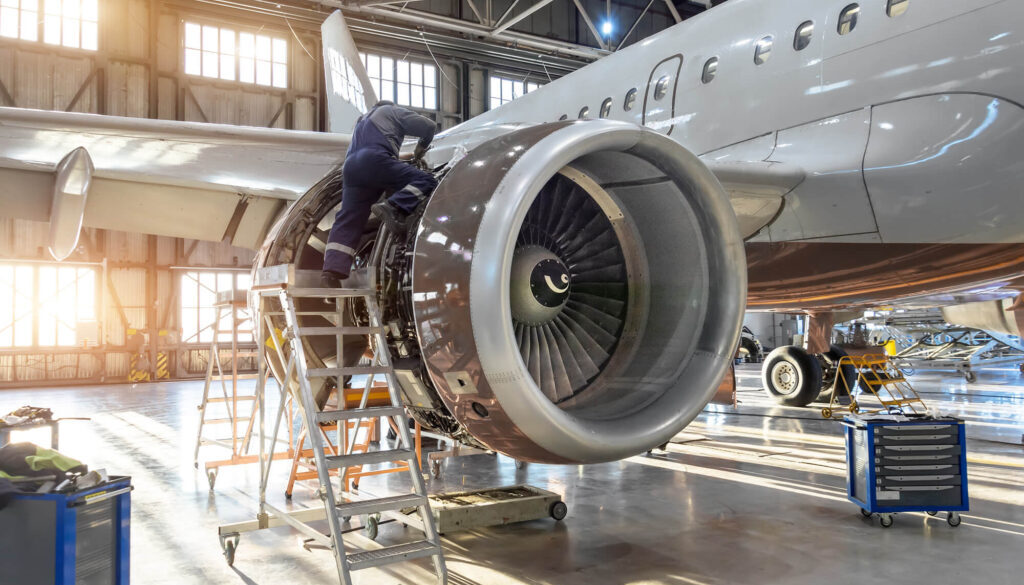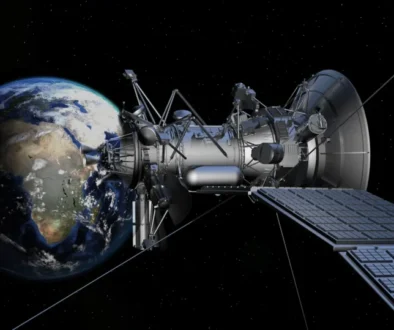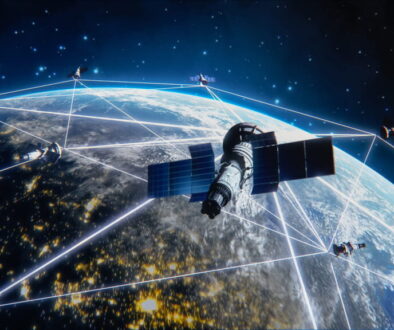The Future of Flight: How Aerospace Innovation is Redefining Air Travel
The world of aerospace has always been driven by innovation — from the Wright brothers’ first flight in 1903 to the launch of reusable rockets today. But right now, we’re on the edge of another major transformation. Aerospace companies around the globe are investing in cutting-edge technologies that are set to make air travel more sustainable, efficient, and safe than ever before.
In this post, we’ll explore the exciting advancements shaping the future of flight!
1. Sustainable Aviation Fuels (SAF)
One of the biggest challenges facing the aerospace industry is reducing its carbon footprint. Traditional jet fuel is a major contributor to global CO2 emissions, and with climate change becoming a critical concern, finding alternatives is no longer optional.
Sustainable Aviation Fuels (SAF) are a game-changing solution. Made from renewable resources like plant oils, algae, and even waste, SAF can reduce emissions by up to 80% compared to conventional jet fuel. Aerospace companies and airlines are already conducting test flights and gradually adopting SAF into their fleets.
2. Electric and Hybrid Aircraft
Electric vehicles are no longer just for the road. Aerospace engineers are designing electric and hybrid-electric aircraft that could soon replace short-haul flights and commuter planes.
Electric planes promise:
Lower operating costs.
Quieter flights.
Zero emissions on shorter routes.
Companies like Airbus and startups like Eviation are leading the race to bring these aircraft to market, and the first generation of commercial electric planes could be flying as soon as the late 2020s.
3. Artificial Intelligence in Aviation
Artificial Intelligence (AI) is becoming a co-pilot for both pilots and engineers. AI helps airlines and aerospace companies:
Predict maintenance needs before breakdowns happen.
Optimize flight paths for fuel efficiency.
Assist in autonomous flight development.
This technology isn’t about replacing human pilots, but about enhancing decision-making and reducing human error, ultimately making air travel safer and more reliable.
4. Hypersonic and Supersonic Travel
For decades, the dream of flying from New York to London in just a couple of hours has captured the imagination of travelers. Thanks to new materials and aerodynamic research, supersonic and hypersonic aircraft are making a comeback.
Companies are working on commercial planes that could fly at speeds over Mach 2 (twice the speed of sound), dramatically shrinking global distances and changing the way we think about international business and leisure travel.
5. Space and Air Becoming One
The line between aerospace and space exploration is also blurring. Companies are developing aircraft that can travel at suborbital altitudes, reducing long-haul travel time to just a few hours by “skimming” the edge of space.
This is not science fiction — companies like SpaceX and Boeing are actively testing reusable spacecraft that could make Earth-to-Earth space travel a reality in the next decade.
Conclusion
The future of flight is closer than you think. Innovations like sustainable fuels, electric aircraft, AI-driven safety systems, and hypersonic speeds are all part of an exciting new era for aerospace. These breakthroughs will not only make flying greener and faster but will also reshape global connectivity.
At ArmSpace, we are proud to be part of this dynamic industry — working on solutions that bring the future of flight closer to today.


